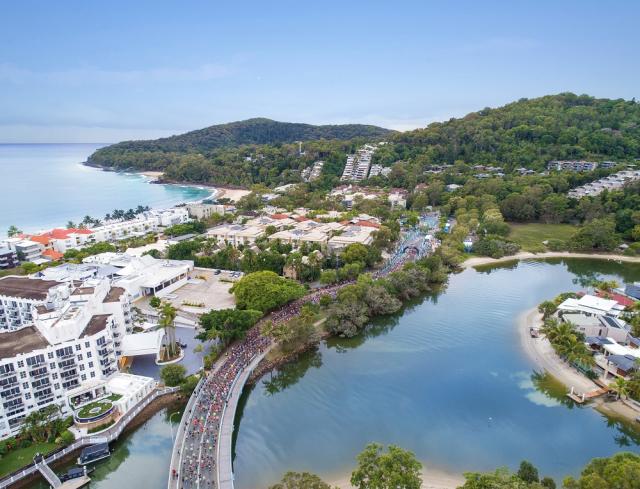Ingrid Jackson
On the night of Tuesday 10 August 2021, one in three properties at Noosa Heads and Sunshine Beach were empty. In Noosaville, one in five properties also had no inhabitants. It was just another weeknight in Noosa Shire. But it was the night of the national census of population and housing.
That there were so many homes empty in a region where housing is scarce and land available for housing is limited was more than a contradiction. It indicates that Noosa Council’s policy makers – the majority of councillors – got something wrong in the Shire’s accommodation policy. On the same Tuesday night across all of Queensland, only one in ten homes were empty.
The census also yielded other unpalatable and disturbing information. Noosa is far from the romper room of the rich that it is often characterised as. With the median income of families $11,000 below the Queensland median, and nearly one-third of its 57,000 residents on various forms of pension, a large chunk of the Shire is more akin to Struggle Street.
And front and centre of its challenges is the housing that many people can’t afford to buy or even rent. It is no wonder then that, soon after she was elected, Mayor Clare Stewart called for action on affordable and social housing. Now Noosa Council has released its draft Housing Strategy for community feedback before it is put before the Council for final approval.
The strategy addresses two areas that require urgent action: the provision of housing for vulnerable people and guidelines for the design and location of sustainable housing, taking into consideration the increasing risk of flood and fire as the climate warms. At the same time, the strategy seeks to protect the character of Noosa’s built environment.
The draft strategy offers a range of solutions, but the challenge of affordable housing is a problem the Council cannot solve alone. Importantly, the strategy recognises the need for collaboration with landowners, developers, builders, community housing organisations, Federal and State governments, and the community.
While the strategy acknowledges the need for accommodation for victims of domestic violence, I believe it should specify a designated emergency crisis shelter, more transitional accommodation and permanent low rent housing. It also needs to address the issue of ageing single women who lack sufficient savings or superannuation and are priced out of the rental market.
Given continuing high rentals and scarcity of dwellings for the imaginable future, it will never be possible to house everyone working in the Shire within the Shire boundaries, so I’ve suggested that Noosa Council work with neighbouring councils to identify likely sites for lower cost accommodation, preferably where transportation links are available or can be established.
I am also concerned that, given the importance of tourism to our economy and to local employment, that the draft housing strategy still continues the policy of not allowing short-term letting of whole houses in urban settings, and furthermore indicates that units may soon be added to this restriction.
The Council needs to take another look at this policy and allow short-term letting of the more expensive houses and units. Prevented from short-term letting, the owners of these properties are likely to leave them vacant, as highlighted in the 2021 census which revealed up to one-third of housing stock in central Noosa lying idle and unproductive. And even where such properties are on the market, it is at rents unaffordable for low income groups.
So this high-end accommodation prohibited from short-term letting is an unproductive asset both to its owners and to the Noosa economy. Shuttering these properties also has a knock-on effect, where people shut out of this market turn to buying and short-term letting properties in lower price ranges, putting added pressure on lower end renters. Opening the high end market for short-term accommodation will reduce this pressure on accommodation at lower rental levels.
The draft strategy is forward-looking in wanting to disallow new housing in natural hazard areas and also in its insistence on increasing building resilience. But I feel more is required, including the incentivisation of homeowners to move from flood, inundation or bushfire prone areas to safe locations, which will require significant funding assistance from the three tiers of government.
Noosa Council needs to also more closely consider its own practices. Despite an expressed commitment to social and affordable housing, over the last year or so it has refused several development applications that included lower cost accommodation. In one case, the Council imposed such restrictive and expensive requirements that affordable housing was unviable. In another, on Council land bordering Pinaroo Park, a small group of voices was all it took to deny affordable housing. There have been a number of other cases like these.
For all the goodwill expressed in Council’s draft housing strategy, including relevant changes to the Noosa Plan, if Council unnecessarily continues to put obstacles in the way of applicants, the goal of affordable housing will remain an aspiration but will never be achieved. This will come at a hefty social and economic cost to our community.
We should never let the perfect be the enemy of the good.







